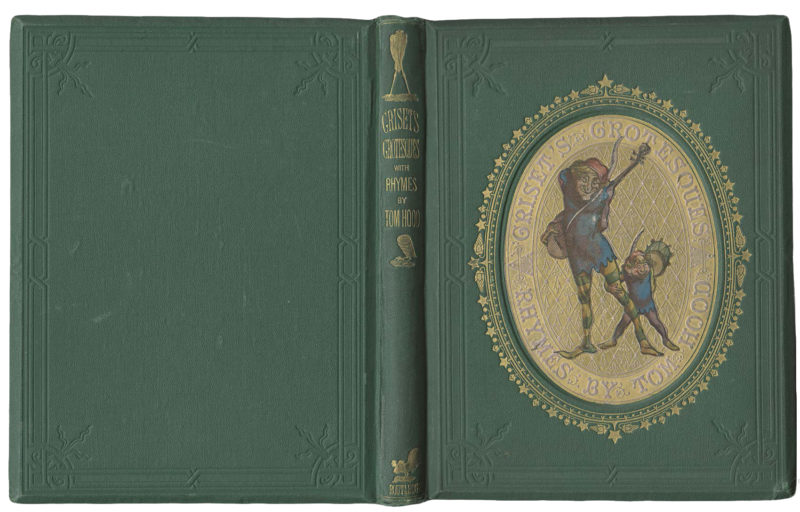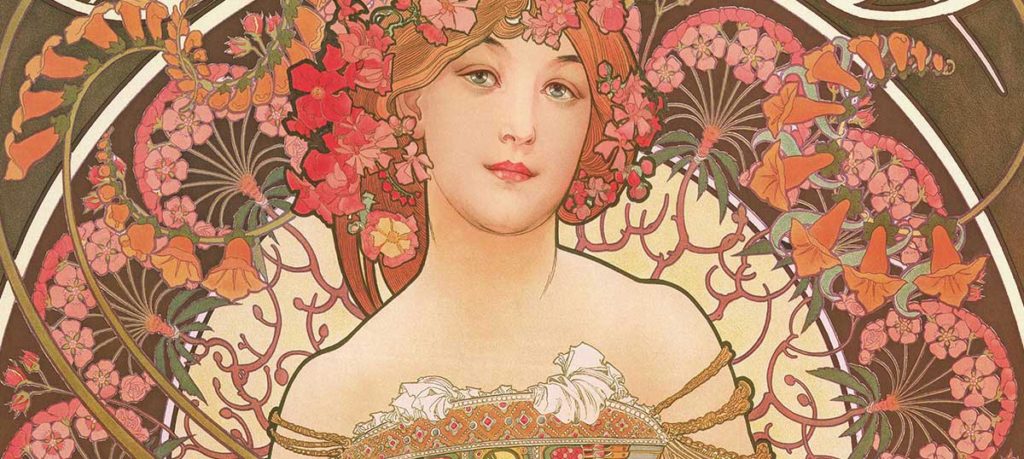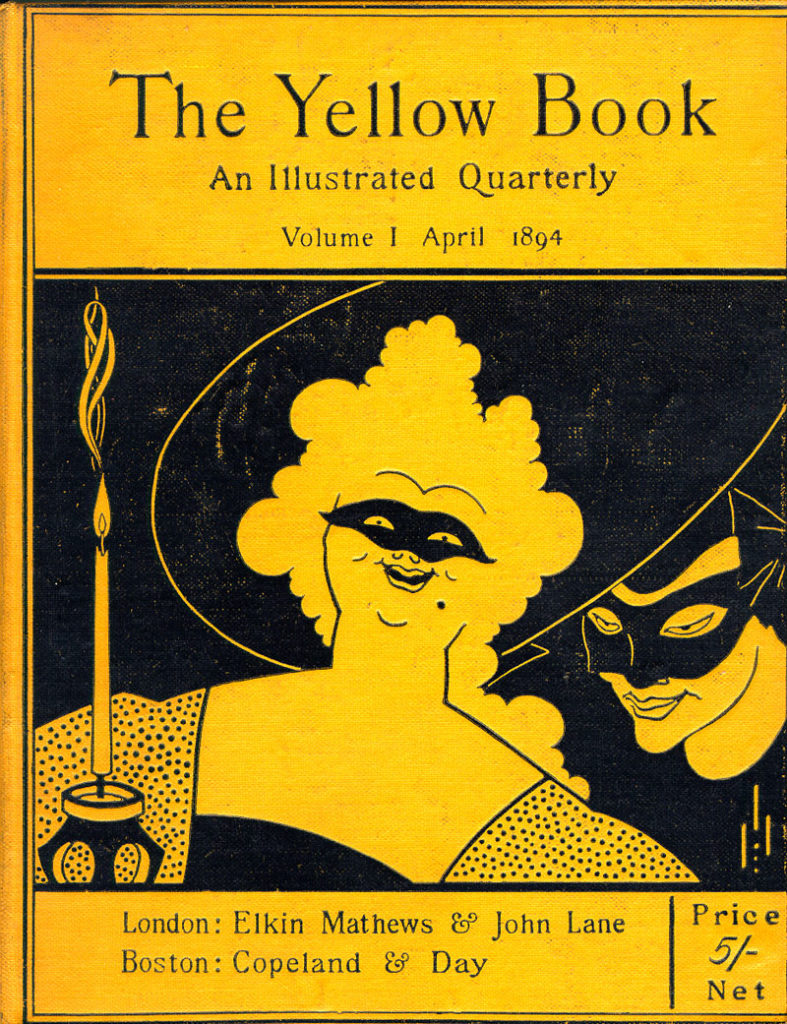Books can be incredibly moving and might just stick around in your head for quite some time. But one thing a reader finds particularly intriguing is the book cover art. We have all been guilty of judging a book by its cover, but at the other end of the spectrum, authors do, in fact, hope to have covers illustrated that best reflect the genre or the theme of the book. So we are not entirely wrong in giving some weightage to the book cover when we choose our next read!
Book cover art can be so versatile, from simple minimalist illustrations to solid block colors or abstract graphic design; you will see all kinds of book covers, and each reflects a different story.
Today we will be discussing how book cover art was first properly introduced and how it has since then evolved into something much more creative!
Book Cover Design: When Did It Begin?
In the beginning, book covers were not considered to be somehow artistic but were far simpler in design and construction. The main purpose of these book covers was to protect the inner material rather than represent the content inside. This form of book cover design continued until the 1400s.

How was Book Cover Design Influenced?
The printing revolution came in the 1450s, and very soon, the artistic side of printers took charge of crafting book covers. Now multicolor lithography and halftone illustration techniques were used to design book covers.
Here we must also acknowledge the role of the Art Nouveau and Arts and Crafts design movements, which were a reaction to the Industrial Revolution that brought focus to quality craftsmanship. These movements aimed to modernize designs and bring in new artistic elements derived from nature.
Soon after, graphics design began to be recognized as a profession, particularly in manufacturing book covers. Techniques used by 19th-century poster artists also influenced book cover art.
It was now evident that book covers served a larger function than simply protecting the text; they were now being utilized for communicating information about the content inside the pages.

The First Book Cover Art
Artists and designers from the Soviet Union are regarded to have crafted some of the first radically modern book covers, particularly during the 1920s. But if we go back a little more, we can identify the first truly influential book cover art made by Aubrey Beardsley for the first four volumes of The Yellow Book at the end of the 18th century.

Book Cover Art, Now a Marketing Tool
The post-war era brought a new sense of crafts aimed to look at the commercial benefits of books. Book art cover was now considered a serious investment; typography elements were being used like never before, modern illustrations depicted the subjects addressed inside the books. What’s particularly interesting here is the use of book art in novels; side by side book covers were particularly carefully designed to bring a distinct unification among them when placed together.
Exit West by Mohsin Hamid is a great example of using only typography for a book cover.
Modern Book Cover Art
Today modern book cover art serves to promote a book and capture just enough attention, so readers are compelled to look in. With the advent of internet technology and eBooks, many expressed concern about the role book cover art would play. Needless to say, book cover art and design are still equally as important.
Today modern illustrations and cuts are used to craft book covers. We must keep in mind the overall aesthetic look of books as many readers head to e-commerce stores for their purchases or take their recommendations from Instagram. Readers have started posting pictures of their books online, with the more photogenic books taking charge.

Modern cover art is not only meant to make the book marketable but also visually pleasing for the masses.
Therefore, modern designs are made with brighter print designs, saturated cover print, more use of bold, fluorescent colors and prominent typography. In many ways, book cover art has truly evolved from its first simplistic hardcover back books to modern photogenic illustrations that can appeal to many.
Here’s a fun song from Mary Poppins Returns called A Cover Is Not the Book



1 comment
this was an amazing read